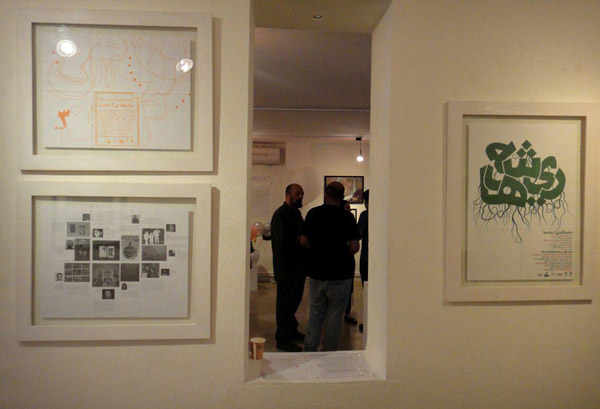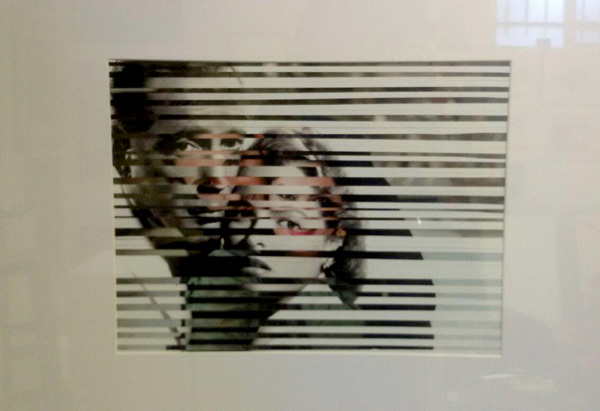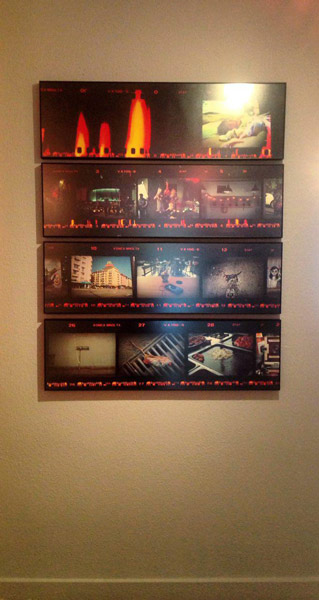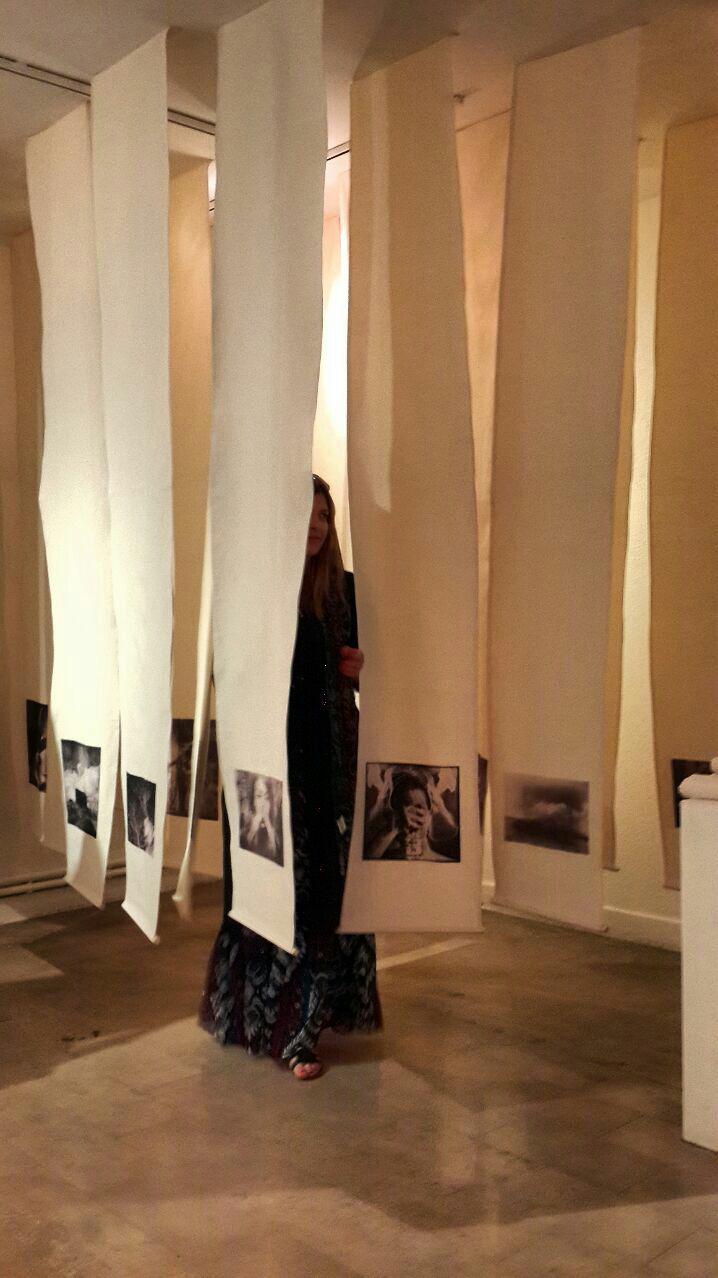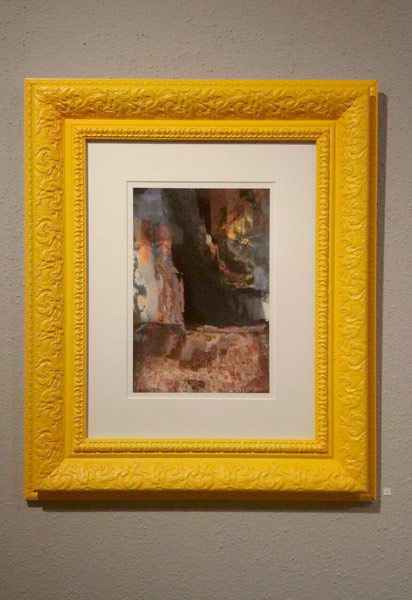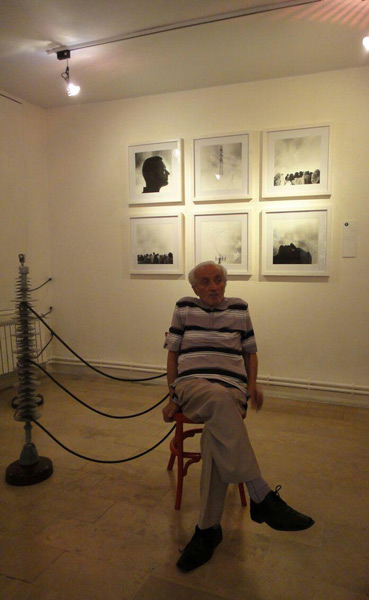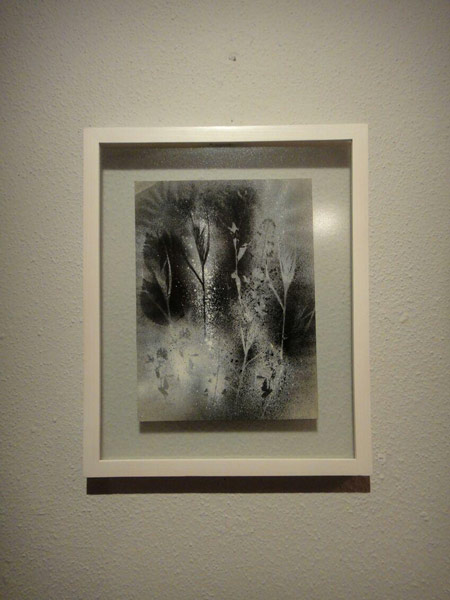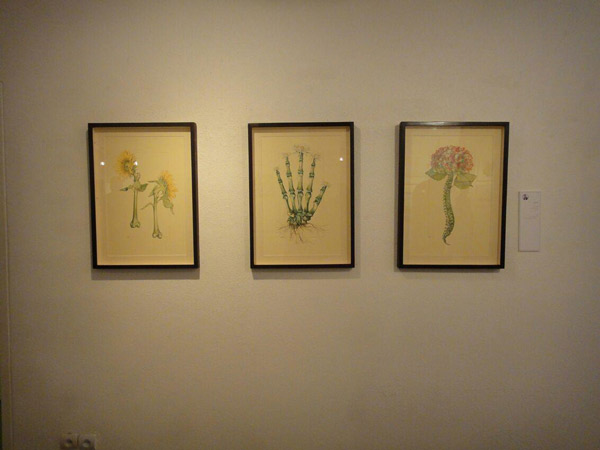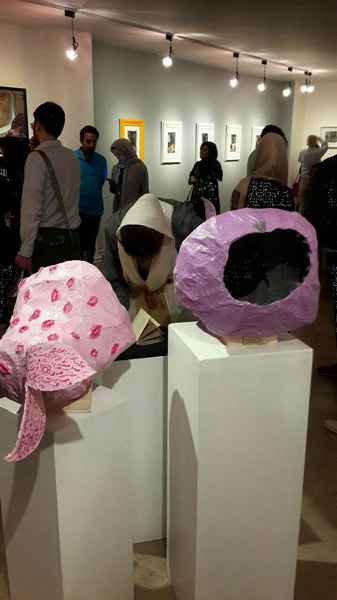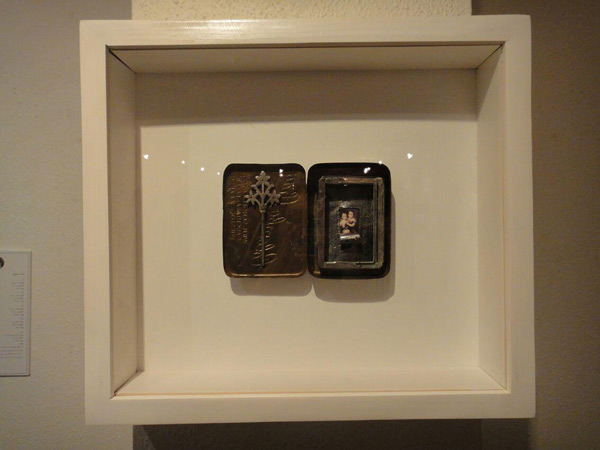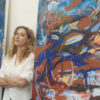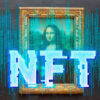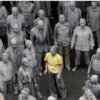‘ I ’ five, Annual exhibition of a group of Iranian young artists:
Translator: Behrad Sharifi
Critic: Sahar Eftekharzadeh
Source: Tandis website
‘ I ’ exhibition series are based on individuality of each participant and their connection with the world around them. This exhibition with the guidance of Javid Ramezani each year has a different theme and participants are mostly Ramezani’s students. Although in each exhibition few guests also participate.
The first exhibition was exhibited in ‘Kargah Honar’ Gallery on January 2011 and thereafter it has been held almost annually. This year fifth ‘I’ exhibition has held with the central theme of ‘Basic Particles’.
In the following we read Sahar Eftekharzadeh’s critic about this exhibition:
Most of these young artists have also participated in pervious exhibitions and you can follow their continuous process of work in pas exhibition’s posters.
The first thing that catches eyes in first encounter with this exhibition is plurality. This variety of templates and utilization of contemporary artistic approaches, even emphasis more on individuality in crowd. Fifth ‘I’ exhibition has many pieces and each piece also offer combined outcome to audience. For this reasons it is a real and live reflection of contemporary world. In this visual plurality, sound of Mahsa Karimi’s video, despite all voices, is the dominant sound, and like an invisible network connects all the pieces. But at the same times instability of this connection was reminded once in a while by popping Zeinab Saghafi’s balloons. This process and communication in “Laleh” gallery is completing the shaping idea of these exhibitions.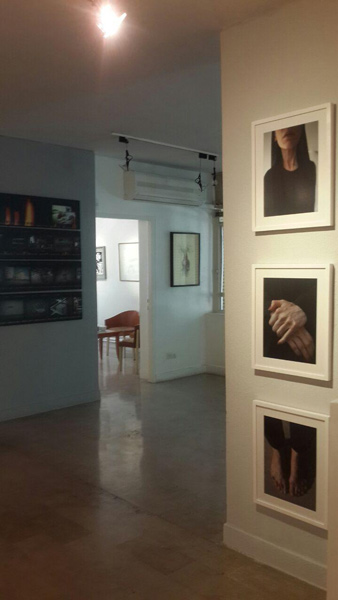
All these works more or less have a single point. Mostly they are emphasizing on distorted perception and uncertainty cohesion of reality as an impenetrable whole. Art works in this exhibition have made a possibility for materializing nihility and its recovery through summoning negative spaces, confronting points, segmentations and slices.
This fragmentation and dealing with the reality of “I” is like a contexture formed by scattered particles, or a story which can be read in different ways by changing formation of words and sentences, and clearly can be seen in Negin Firozi’s photomontages.
Same view of montage agreement is used by Niloufar Taghipour and in the form of slices from a grand narrative using photomontage is presented.
In Mohadeseh Shadmehr’s photo installation trace of same confrontation with fragmented narrative can be seen which resembled by wandering through tapestries hung from the ceiling and finally at a point, bring the wanderer to a conclusion although concealed and potential carrier.
Ali Yahyae in the search of fundamental element of existence in a serial process in his photos, he reduces objects and with a critical view facing audience with distorted image of emptiness.
He continues studying about the ways to challenge recording reality by photography in his works such as ‘prelude’. In Mohammad Hosein Abghari’s works we can see the acceptance of diversity as a reality more than other works.
It is as if the artist easily counts individuality in the population as an inevitable matter. But it seems adding an exaggerated layout of cables and red chair, has impaired this artist’s simplicity and straightforward expression. Also in Amir Koshamanesh’s photo same thing has happened by an orotund statement, while it can be said that these works do not need such a generalization. Koshamanesh’s painterly photos with their captivating color portraits an uncertain and elusive image of world, which by adding the illusion of motion, suspend the real-time existence of the object.
In Mahsa Karimi’s video and photos, suspension and staying in a middling perception plays a decisive role. These art works show the contrast between face-to-face contracts as a window to the world and others and at the same time interceptive between ‘I’ and others, exhibits spontaneity of body language as a suspended position in the process of other’s perception of “I”. Sara Baftizadeh has challenged the integrity of the impermeable positive atmosphere; in her small size art works she has been abled to guide template along content, but in large size work she has lost attention to details, and there she has drifted from overruling idea of collected works of exhibition, Although not as much as Ali Noor Pour.
Noor pour’s illustrations are based on idea, which focus on undeniable unity and a continuous cycle between components. It is a whole that encompasses everything and doesn’t have a range of exchange; it has two poles of existence and non-existence and they are convertible into one another, from this point of view his rich and detailed works, although are as single works worth observing but their presence alongside other works of the exhibition is not justified.
Roshanfekr’s creations with bodies covered with mouth and numerous eyes, and with open mouths full of emptiness have different conceptual frames. These works are indeed volumetric illustrations for a certain literary text, and because of this context dependency these works hove not completely attached to overruling idea of exhibition.
Sara Hosseini In her installation works has created new combinations of different objects, which in relation with each other involve the audience with mist of implications. Restoring these objects and putting them aesthetically – which there are numerous example in history of art – can be very personal for the artist and formed completely outside of her personality. In any case, these things are indefinable, consisting of unstable components that provide the possibility of personal perception for each audience.
Masoud Jazani has search basic particles of ‘I’ in a complex texture, in line with his critical view, has chosen a banknote as an element, that is readable in several context and thus making it possible to gather multiple components of his texture in one place and then analyzed its components as a separate texture. His works in from of print on fabric deals with reviewing values that may have been emptied of themselves. By separating components of unit and pulling them out of their agreed text artist has called into question the existence of each one of them.
In a way Zeinab Saghafi with her collaborative installation has questioned the definition of art, culture, artwork and selling it as an object. So what does the audience buy in reality? Audience can keep the balloon, don’t pop it and take home a bubble of suspension because by popping the balloon and achieving paper on which there is a definition about art or culture, audience wont achieve the essence of anything, rather enters a maze of signifiers with no end. Perhaps the essence of these two words can be the compressed air inside the balloon which takes the shape of its shell and also shape the shell.


